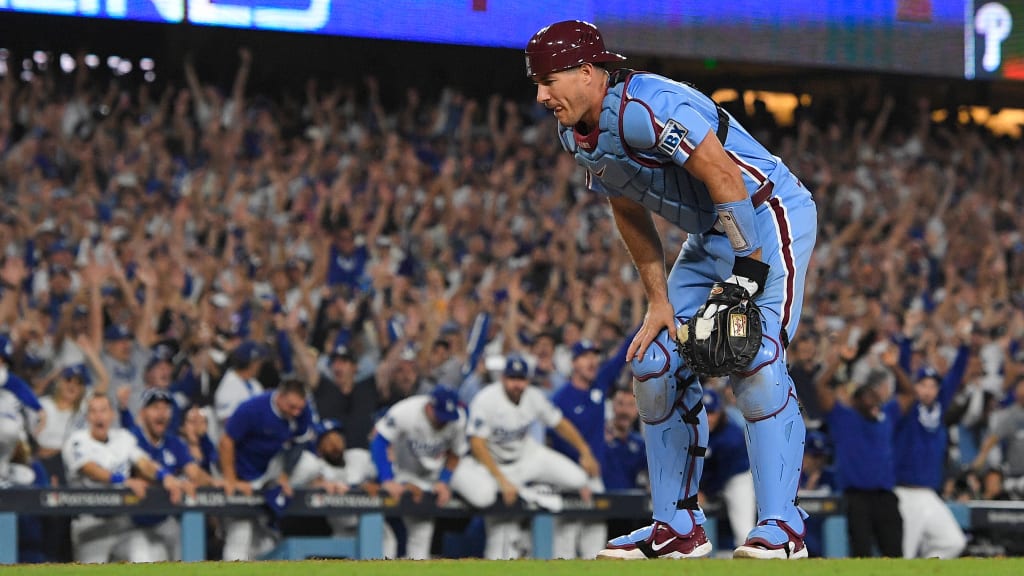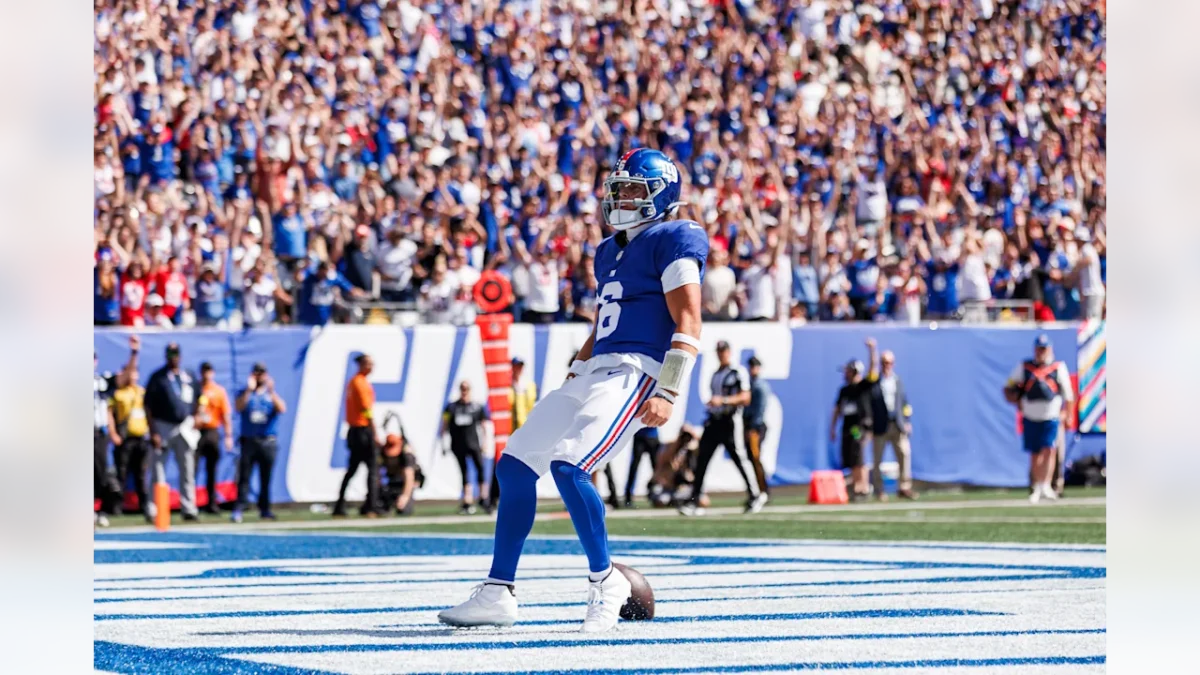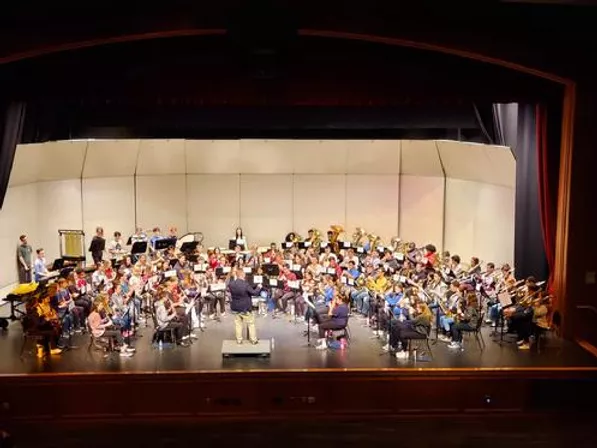Amazing Aesthetics: Vaporwave
November 30, 2021
Welcome to Amazing Aesthetics, a brand-new biweekly column talking about all sorts of aesthetics, their origins, and more! Our first-ever article is on Vaporwave, arguably one of the most popular aesthetics.
Have any favorite aesthetics you want to see an article about? Please send them at the link below!
https://forms.gle/WZs6GER1eyYX8AFMA
Now, with that out of the way, let’s get into today’s aesthetic!
Vaporwave is a visual and musical aesthetic largely focusing (visually, at least) on 1980s-2000s nostalgia, saturated pastel colors, and things that don’t particularly feel real.
This aesthetic has a lot of Greco-Roman and Japanese influences, with ancient statues, anime characters, and the Japanese language all being commonly seen within Vaporwave. It’s also heavily influenced by Seapunk, an older aesthetic from the 2000s with themes surrounding dolphins, pyramids, bright colors, and much more.
This aesthetic emerged in online musical communities in 2011, gaining popularity due to the ‘death’ and decline of Seapunk.
Since its popularity on sites like 4chan, SoundCloud, turntable.fm, last.fm, and more, Vaporwave has had niche communities dedicated specifically to it, such as r/vaporwave, a Subreddit on the site Reddit.
According to the Aesthetics Wiki, “Vaporwave, as an aesthetic and movement, has been described as a tongue-in-cheek commentary on modern consumerism and the soulless glamour of late capitalism.”
This purposeful vagueness of Vaporwave’s visuals has led people to create several offshoots of the aesthetic, including political ones like the examples of Fashwave and Laborwave. Fashwave is an offshoot that takes the aesthetic to promote fascist ideologies, and Laborwave is another offshoot that instead promotes a more Marxist ideology.
There’s also another aesthetic called Synthwave, which is very similar to Vaporwave. However, instead of using nostalgic themes to call out issues in modern society, this aesthetic uses nostalgia to genuinely celebrate the creations from back then. Unfortunately, these aesthetics are often mixed up, and are considered by most to be the same aesthetic.

As previously mentioned, this is also a musical aesthetic, which according to Wikipedia, “is defined partly by its slowed-down, chopped and screwed samples of smooth jazz, elevator, R&B, and lounge music from the 1980s and 1990s.”
It’s a micro-genre of electronic music which is similar to punk, according to Esquire’s article on the ‘death’ of Vaporwave, in that it ended up splitting off into not only several visual sub-aesthetics, but also several musical sub-genres.
One of these sub-genres is Mall Soft, which mainly focuses on the aesthetics of mall soundtracks. There’s also Vaportrap, which combines vaporwave with trap music and emphasizes the political aspect of the aesthetic. There are more sub-genres than those two, but they’re the main examples I’m using here.
If you want an example of classic Vaporwave music, you should check out Macintosh Plus’ album Floral Shoppe (linked here). It’s considered to be one of the Mayflowers of Vaporwave, alongside other albums such as Eccojams Vol. 1 by Chuck Person (linked here) and Far Side Virtual by James Ferraro (linked here).
To conclude this article, Vaporwave is a beautifully complex aesthetic that still lives on to this day, even if it is just in our memories.














































